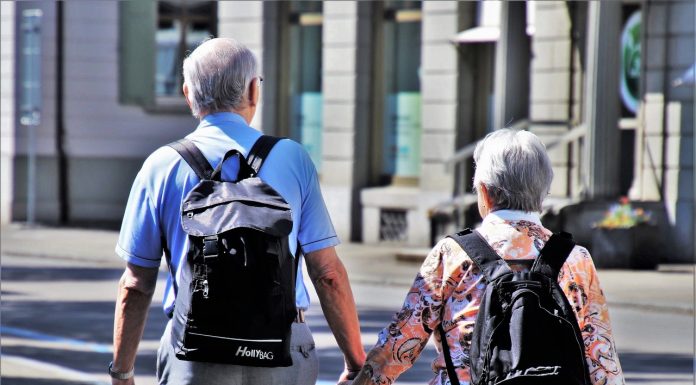A report released today by the Center for Oral Health sheds light on the vast numbers of seniors that suffer from oral health problems. In contrast to the growing awareness of children’s oral health needs, the oral health of older adults has received relatively little attention. This report details the scale of the problem which is quite shocking and describes oral health differences in nursing home residents vs community-dwelling older adults as well as the rural-urban divide. The study also provides practical recommendations for community-based interventions to improve oral health screening and treatment for seniors as well as larger scale policy recommendations to eliminate barriers to care. Please let me know if you would like to speak to the lead researcher for the report Dr. Sahiti Bhaskara, BDS, MPH, Director of Public Policy Research, Center for Oral Health.
Report Finds Untreated Tooth Decay is Hidden Epidemic Among Older Adults
Center for Oral Health Study Finds Majority of Older Adults Suffer From Oral Health Problems
Key findings from the report include:
- Large Numbers of Older Adults Suffer from Untreated Tooth Decay. Half the older adults residing in skilled nursing homes have untreated tooth decay. More than one in three community-dwelling older adults suffer from untreated tooth decay.
- Untreated Tooth Decay Leads to High Prevalence of Tooth Loss in Older Adults in California. One in three older adults in California’s skilled nursing homes have lost all their teeth. Eighteen percent of the community-dwelling older adults screened have lost all their natural teeth, most of them due to tooth decay.
- Many Older Californians Suffer from the Inability to Chew Due to Poor Contact Between Teeth. Nearly 40 percent of skilled nursing home residents cannot chew because they do not have functional contact between their upper and lower back teeth on either side of their mouth. Nearly 18 percent of community-dwelling older adults cannot chew because they do not have a functional contact between their upper and lower back teeth.
- Many Older Adults Need Treatment for Tooth Decay and/or Gum Diseases. Sixty-five percent of older adults residing in nursing homes and 46 percent of older adults residing in community-dwelling homes need treatment for tooth decay and/or periodontal (gum) disease.
- Older Adults Living in Rural Areas Are Worse off Than Those Living in Urban Areas. Older adults residing in nursing homes located in rural counties are nearly 10 percent more likely to have untreated tooth decay than their urban counterparts.
These include steps to increase treatment, access and awareness such as:
- Breaking down health care silos by increasing cross-professional communication and training, and adopting an integrated approach to improve health of older adults.
- Expanding the use of innovative practices in oral health including using Silver Diamine Fluoride for dental disease prevention among frail older adults at high-risk of dental caries and using mobile systems of dental care delivery to eliminate barriers of transportation.
- Prioritizing older adults’ access to care and ability to pay for services through inclusion of benefits in Medicare, and increasing reimbursement rates and prioritizing preventive services in Medi-Cal.
- Including older adults in pilot dental programs and oral health initiatives aimed at healthy aging, and convening a statewide partnership or advisory committee of stakeholders to focus on oral health needs of older adults.
- Promoting specialized education programs in the oral health care of older adults, for all oral health professionals during their training as well as advanced and specialty residency programs in geriatric dentistry.
The Study Approach
Between January 2016 and September 2017, COH conducted oral health screenings on 2,372 older adults in California. Screenings were conducted at 36 skilled nursing homes and 51 community sites that included congregate meal sites, adult day care centers and senior centers. COH used the Basic Screening Survey developed and standardized by the Association of State and Territorial Dental Directors for this study, which includes protocols for basic examination of key oral health indicators. Assessments in both settings were intended as observational to provide an overview of oral health needs of older adults. Screeners collected data on various indicators including tooth loss, condition of natural teeth (mobility, root fragments), presence of dentures, ability to chew, tooth decay, gum (gingival and periodontal) health, dry mouth and suspicious oral lesions. Demographic information collected included age, gender, race/ ethnicity, and whether the participant was in a rural or urban location.

























